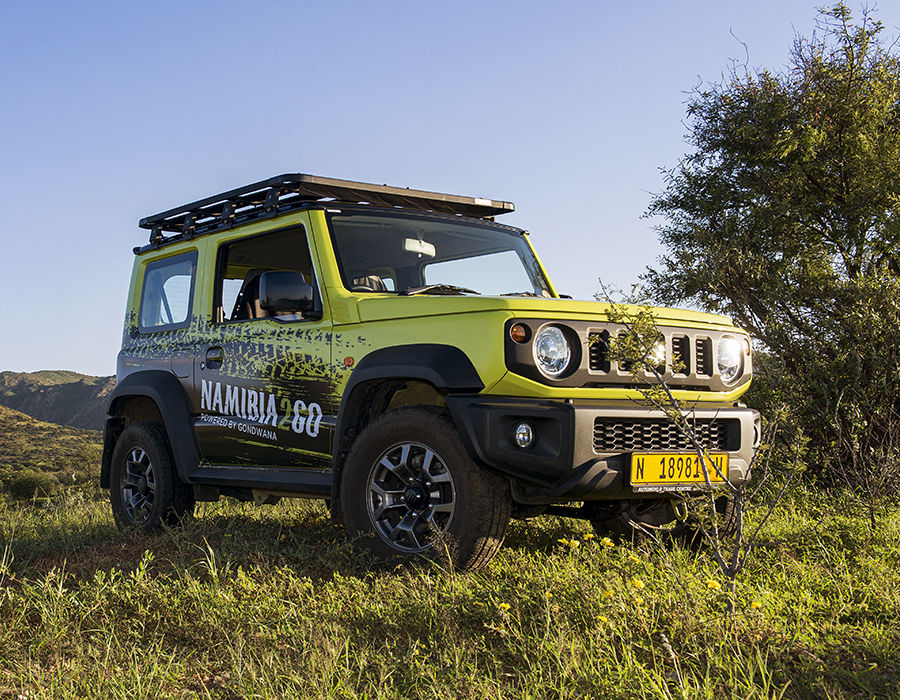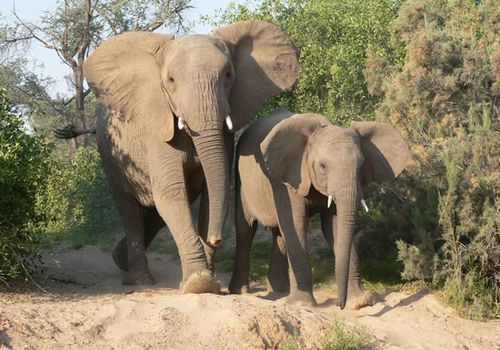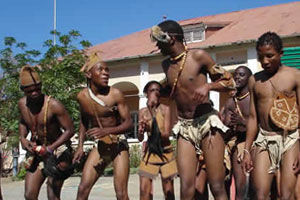Q: Do I need a visa to visit Namibia?
A:
Namibia's visa requirements vary according to nationality. Some countries have visa exemption agreements. However, your passport must have at least six months of validity remaining and three blank pages. Always verify current requirements with the Namibian Ministry of Home Affairs before travel. For more guidance and more information, visit the Visa Application Guide.




.png?width=82&height=85&name=Navigate%20Namibia-03%20(1).png)